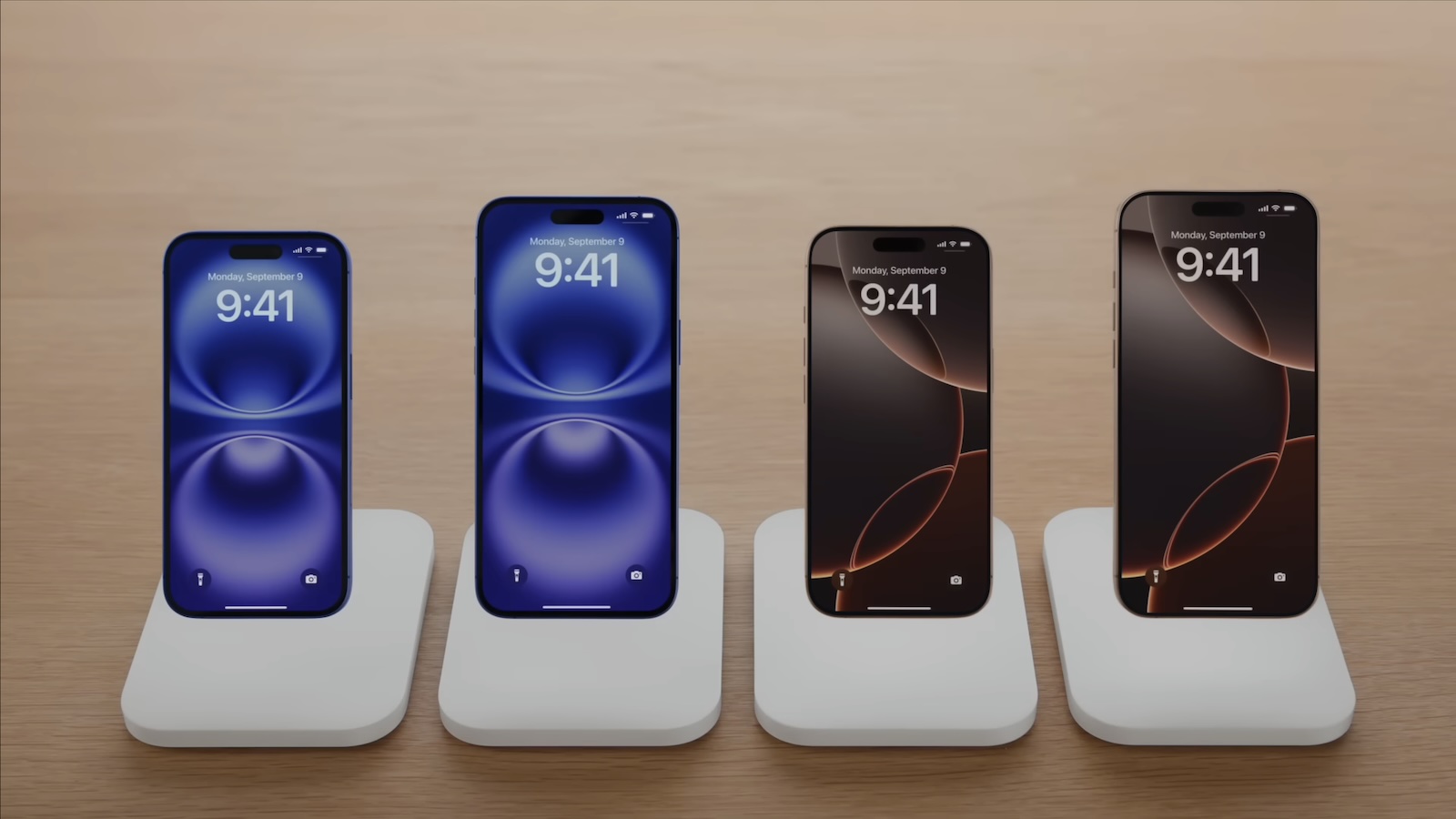‘We have a telescope’: James Webb Space Telescope’s secondary mirror is now in place
After the successful deployment and “tensioning” earlier this week of the five-layered sun shield on the James Webb Space Telescope — the long awaited successor to the Hubble and a huge leap forward for astronomy — NASA announced on Wednesday that the telescope’s secondary mirror has also been successfully extended.
Like a latch made in heaven, @NASAWebb’s secondary mirror is now fully deployed and locked! The team remains focused as they work toward the final major milestone this week – deployment of the iconic honeycomb-shaped mirror. Details: https://t.co/xSRXwCNd8V #UnfoldTheUniverse pic.twitter.com/dAkMNApb2FJanuary 5, 2022
Extending the boom arm to deploy the secondary mirror on the telescope was one of the major anxiety points for the mission; if something mechanically failed during this process, it would have been non-recoverable and the telescope couldn’t work.
Fortunately, the unfolding went off without a hitch, and now we just need to wait for the extension of its now-iconic honeycombed primary mirror later this week, which will be the next critical milestone for the telescope’s deployment.
Analysis: this was arguably the most important deployment of the entire mission
What makes the secondary mirror so important? It’s one of the few parts of the telescope that simply could not fail to deploy if the mission was to even barely succeed.
Were the sunshield’s deployment to fail, Webb wouldn’t be able to pick up the deep-infrared light that it was designed to detect, but it could still pick up near-infrared. This would be an improvement over the Hubble Space Telescope, just not as much of an improvement as we’re hoping for.
If the primary mirror fails to deploy successfully later this week, the telescope will lose sensitivity, but it will still be able to function and provide new deep-infrared imagery — just not as well as we wanted it to.
Without the secondary mirror, however, no light would make it to the telescope’s infrared sensors at all, so the mission would immediately fail. No light, no telescope.
So it was absolutely critical that the secondary mirror deployed properly, which it now has.
“We are 600,000 miles from Earth and we have a telescope,” announced Bill Ochs, Webb’s program manager, to his team after the mirror successfully extended and securely latched into place.
If nothing else, the James Webb Space Telescope should now work in some capacity. After the primary mirror deploys, we’ll know how close to working perfectly we’ll get. Fingers crossed!




